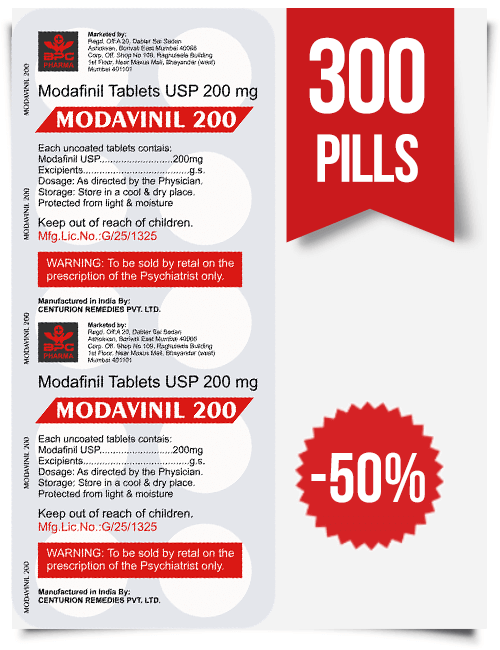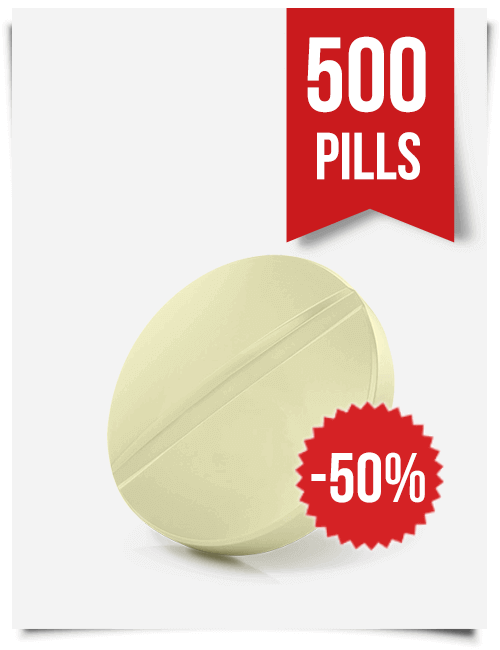Neuroplasticity of Adderall/Ritalin
How dopaminergic stimulants like Adderall/Ritalin influence brain plasticity is the theme of this article.
Dopamine receptors have consequences for the quality articulation of the qualities required in neuroplasticity.
Stimulants, and essentially all medication's, prompt synaptic plasticity in the contributions to dopamine neurons in the ventral tegmental area. The best-known case of this is with cocaine. A solitary introduction to cocaine makes dopamine neurons turn out to be more receptive to its excitatory data sources. This occurs through increments in postsynaptic glutamate (AMPA) receptors. The instrument for the expansion of AMPA receptors includes the enactment of NMDA receptors, like traditional long-term potentiation.
Related: Best Natural Adderall Alternatives
With rehashed infusions of cocaine, this neural changes can keep going for a considerable length of time. Rehashed cocaine infusions likewise cause behavioral versatility that seems, by all accounts, to be reliant on the synaptic malleability of the dopamine framework. Plasticity of the dopamine pathway expands dopamine discharge in target areas like the nucleus accumbens, creating "metaplasticity", where the excitatory contributions to the nucleus accumbens are reinforced. These procedures are thought to be a portion of the central systems hidden functions. Furthermore, comparable procedures occur with all medications of this nature that have been examined.
Ritalin additionally builds dopamine levels by repressing its reuptake. With a solitary introduction to Ritalin, the excitatory contributions from the cortex to the amygdala are reinforced. Ritalin upgrades learning by following up on dopamine receptors in the lateral amygdala area.
Dopaminergic stimulants are neurotoxic in the way that they surpass the hereditary edge of substance digestion even in helpful measurements. While this is by and large not openly known, there are numerous productions and studies on this in the neuroscientific group.
The quality expression that happens is when there is exhaustion of calcium from ER (stockpiling) and a calcium particle inundation (more dopamine more calcium) results in a lot of oxygen being utilized to process proteins utilized as a part of the neurotransmission. to keep cell passing from the absence of oxygen and substantial mitochondrial stack (unless it as of now happened) the cell down controls the quantity of receptor (which retain dopamine) in a neuron and up directs the transporters (re-take-up that reductions concoction levels between neurotransmitters). A similar measure of medication has less impact as it had before along these lines and more is required (resilience).
The greatest calculate the greater part of this is the neuron is modified to expect and process a specific edge of various compound substances and anything beneath or over the edge brings about an endeavor to hold homeostasis.
Taking a medication resembles putting a weight on an adjusted scale and the mind tries to adjust by altering which course the scale tilts all alone. (despite the fact that medications might be known as a treatment of a "chemical imbalance" since that "imbalance" is just viewed as one in contrast with the measure of dopamine in different personalities, yet overlooking the general picture of alternate chemicals that permit the brain to work - and by capacity, this means keeping away from cell death.
These pharmaceuticals don't specifically influence neural versatility that is to state taking the pill all by itself does not prompt to the generation of new cells. However, these dopamergic mixes do empower a man, particularly one with ADHD, to have the capacity to do the essential mental incitement keeping in mind the end goal to start the procedure of neurogenesis and in this way expanded one's odds of enhancing their capacity to incrementally improve the neuroplastic systems of their own neural hardware.
Image credit:
Wikipedia
 |
| Neuroplasticity and Adderall |
Stimulants, and essentially all medication's, prompt synaptic plasticity in the contributions to dopamine neurons in the ventral tegmental area. The best-known case of this is with cocaine. A solitary introduction to cocaine makes dopamine neurons turn out to be more receptive to its excitatory data sources. This occurs through increments in postsynaptic glutamate (AMPA) receptors. The instrument for the expansion of AMPA receptors includes the enactment of NMDA receptors, like traditional long-term potentiation.
Related: Best Natural Adderall Alternatives
With rehashed infusions of cocaine, this neural changes can keep going for a considerable length of time. Rehashed cocaine infusions likewise cause behavioral versatility that seems, by all accounts, to be reliant on the synaptic malleability of the dopamine framework. Plasticity of the dopamine pathway expands dopamine discharge in target areas like the nucleus accumbens, creating "metaplasticity", where the excitatory contributions to the nucleus accumbens are reinforced. These procedures are thought to be a portion of the central systems hidden functions. Furthermore, comparable procedures occur with all medications of this nature that have been examined.
 |
| Ritalin and ADHD |
Dopaminergic stimulants are neurotoxic in the way that they surpass the hereditary edge of substance digestion even in helpful measurements. While this is by and large not openly known, there are numerous productions and studies on this in the neuroscientific group.
The quality expression that happens is when there is exhaustion of calcium from ER (stockpiling) and a calcium particle inundation (more dopamine more calcium) results in a lot of oxygen being utilized to process proteins utilized as a part of the neurotransmission. to keep cell passing from the absence of oxygen and substantial mitochondrial stack (unless it as of now happened) the cell down controls the quantity of receptor (which retain dopamine) in a neuron and up directs the transporters (re-take-up that reductions concoction levels between neurotransmitters). A similar measure of medication has less impact as it had before along these lines and more is required (resilience).
The greatest calculate the greater part of this is the neuron is modified to expect and process a specific edge of various compound substances and anything beneath or over the edge brings about an endeavor to hold homeostasis.
Taking a medication resembles putting a weight on an adjusted scale and the mind tries to adjust by altering which course the scale tilts all alone. (despite the fact that medications might be known as a treatment of a "chemical imbalance" since that "imbalance" is just viewed as one in contrast with the measure of dopamine in different personalities, yet overlooking the general picture of alternate chemicals that permit the brain to work - and by capacity, this means keeping away from cell death.
These pharmaceuticals don't specifically influence neural versatility that is to state taking the pill all by itself does not prompt to the generation of new cells. However, these dopamergic mixes do empower a man, particularly one with ADHD, to have the capacity to do the essential mental incitement keeping in mind the end goal to start the procedure of neurogenesis and in this way expanded one's odds of enhancing their capacity to incrementally improve the neuroplastic systems of their own neural hardware.
Image credit:
Wikipedia
posted from Bloggeroid














Leave a Feedback